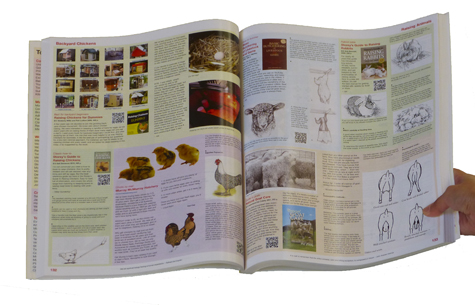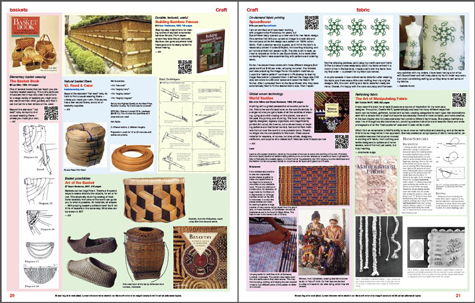Cool Tools: A Catalog of Possibilities

Best of Cool Tools
I’ve long wanted to do a collection of the best tools featured on this blog. After 10 years of daily reviews there’s a bunch of great tools that have endured the test of time — as well as a lot that should be forgotten. A best-of-the-best book would be a real service. To make it, I’d sort through the vast Cool Tools archive and assemble the greatest hits and ignore the rest. It would yield strong whiskey — distilled and concentrated and capable of giving someone a pleasant jolt. The collection would be worth packaging up nicely.
I could do this on the web, but when I thought of the best way to highlight the ultimate tool collection, I immediately thought of a paper book. Paper is old. You can’t search it, you can’t easily share favorites, you can’t instantly click to get items, you can’t haul it in your virtual library device. The web and Kindle are so much better that way.
But I remember the power that the old Whole Earth Catalogs had on me as I came of age. These oversized Catalogs were curated collections of the best tools presented on double-wide spreads of cheap paper, in great big fat books. As on this blog, the brief, rave reviews were recommended by readers and familiar editors. The range of reviews were refreshingly wide and dense, crammed 5 or 6 per page. The paper books were magical. There is something very powerful at work on large pages of a book. Your brain begins to make naturally associations between tools in a way that it doesn’t on small screens. The juxtapositions of diverse items on the page prods the reader to weave relationships between them, connecting ideas that once seemed far apart. The large real estate of the page opens up the mind, making you more receptive to patterns found in related tools. There’s room to see the depth of a book in a glance. You can scan a whole field of one type of tool faster than you can on the web. In that respect, a large paper book rewards both fast browsing and deep study better than the web or a small tablet.
So that’s what I did. I printed Cool Tools as a paper book. I sifted through the thousands of tools reviewed in the past 10 years, and with the help of other Cool Tool teammates, selected more than 1,000 evergreen tools that have stood the test of time. I modeled the design and style on the old Whole Earth Catalogs; the book is printed on identical oversized paper pages, bound into the same thickness of almost 500 pages. The result is a hefty book that will seem to some people of a certain age to be a modern incarnation of the old Catalogs. (To new readers of a younger age, it will look like no other book they have seen.)
Cool Tools is the ultimate guide to do-it-yourself. The book covers how to self-publish a book, rent a bulldozer, print 3D objects, run for local office and win, design a logo, grow edible mushrooms, read all the classics, get an online degree, cut your cable TV, build a log cabin, and so much more! Really, I tried to cover all the ground this blog covers.
The result is a one-volume alternative education in making things happen. I assembled this collection so that my three children would see a thousand other possibilities in life that are opened when you pick up a tool.
And I made it for all you Cool Tool readers looking for a more distilled version of this blog. I know I was getting overwhelmed by the sheer volume of stuff here. I offer you my solution: a 472-page curated collection of the Best of Cool Tools, printed in full color, which can be read for years without the platform disappearing. Despite the date currently listed on Amazon, the book will be available during the first week of December. You can pre-order it now.
I honestly think this is one of the coolest cool tools, ever.
10/21/13Cool Tools: A Catalog of Possibilities Kevin Kelly 2013, 472 pages $28












